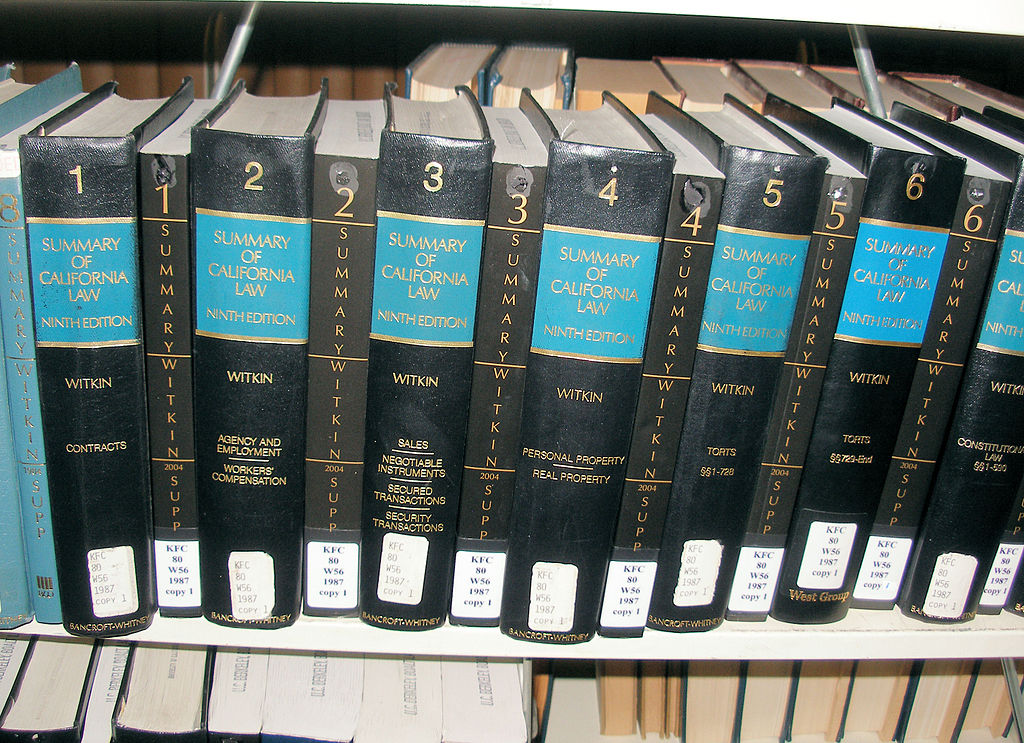
California State Capitol Dome. (Photo: Kevin Sanders for California Globe)
Some Commonly-Codified Statutory Interpretation Principles
The term ‘shall’ is mandatory and ‘may’ is permissive
By Chris Micheli, July 8, 2022 6:29 am
In California, each of the 29 Codes that contain all of the state’s statutes also contain general provisions that provide definitions, as well as certain statutory interpretation guidelines. So, what are some of those principles of interpreting California’s Code sections?
- Division, part, chapter, article, and section headings do not in any manner affect the scope, meaning, or intent of the provisions of this Code. California’s 29 Codes are further broken down by division, part, chapter, and article before the individual sections are listed. These divisions, parts, chapters, and articles all contain headings, or short titles. This common provision simply makes clear that those hearings are not to be used in applying or interpreting the actual Code sections.
- The present tense includes the past and future tenses; and the future tense includes the present. Instead of increasing the length of state statutes by including other tenses of verbs (showing the required or prohibited action), this common provision makes clear that all of tenses beyond the present are included when applies statutory provisions contained in the California Codes.
- The masculine gender includes the feminine and neuter. California’s Legislature adopted a concurrent resolution (which was adopted by both the Assembly and Senate) requiring the use of “gender neutral” drafting going forward. In addition, existing Code sections are to be updated when they are amended to reflect gender neutral nouns and pronouns. In the interim, this common provision makes clear that, even where only a masculine gender noun or pronoun is used in a state statute, it nonetheless includes other genders.
- The singular number includes the plural and the plural the singular. In order to not use both forms of nouns or pronouns and increase the length of existing statutes, and to avoid any ambiguity that is created when the plural form is used, each includes the other. This common provision makes clear that each statute’s use of a singular or plural noun or pronoun includes the other form.
- The term “shall” is mandatory and “may” is permissive. In other jurisdictions, different terms are used for mandatory or permissive provisions of laws. For example, some jurisdictions use the term “must” instead of “shall” to show the action required is mandatory, rather than discretionary. California law has always used these two terms – shall and may – and no other variations of those words are used in drafting state statutes. This common provision makes clear which words requires an action versus which word provides discretion in an action.
Although there are other provisions contained in the “General Provisions” of the Codes, the above five provisions are most common and should be known by those reading and interpreting California statutes.
- Self-Insurance for Veterans - May 17, 2025
- Withdrawal of Civil Actions - May 16, 2025
- Temporary Restraining Orders in Family Law - May 15, 2025








One thought on “Some Commonly-Codified Statutory Interpretation Principles”